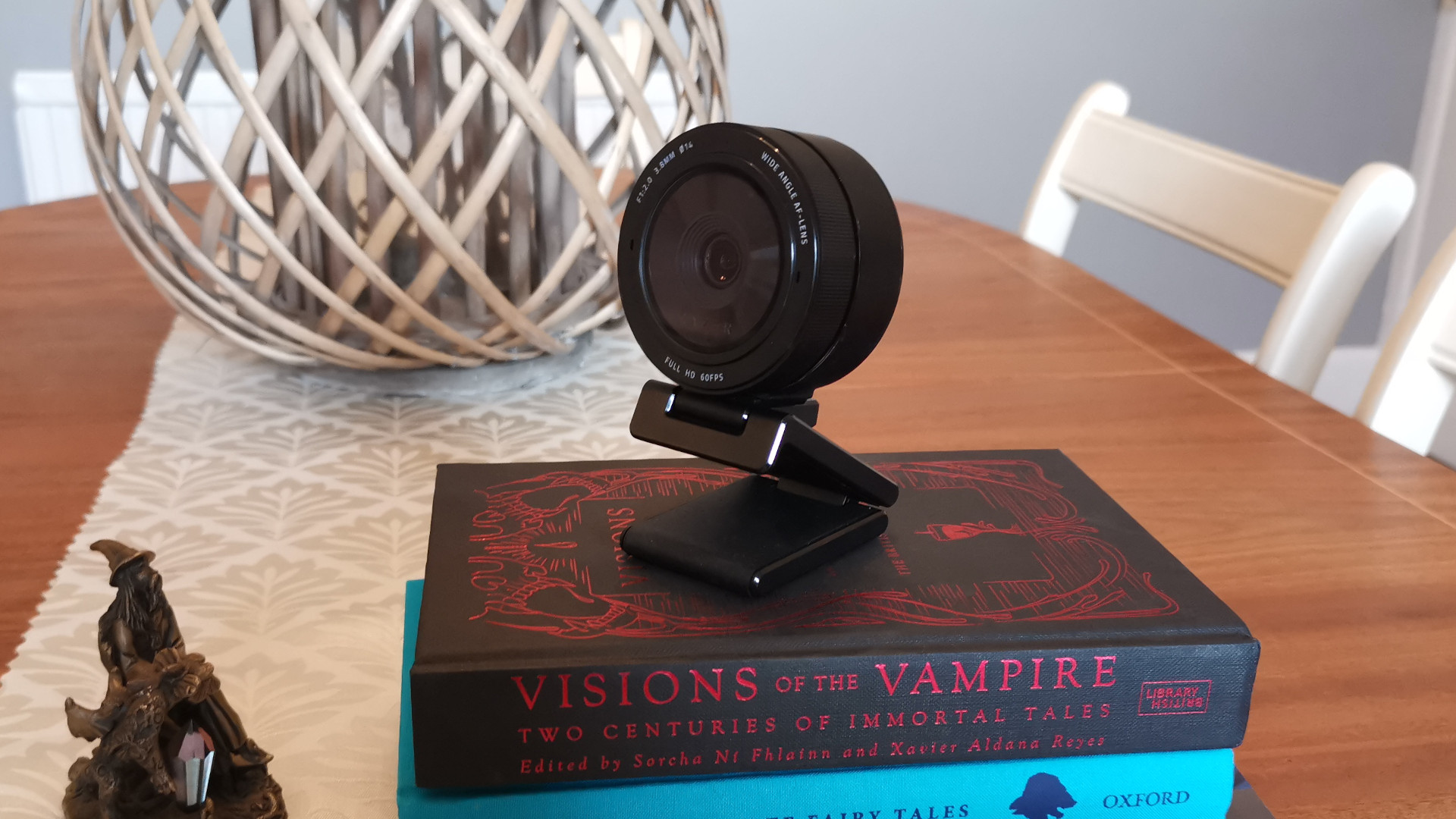TechRadar Verdict
The Kiyo pro delivers a much-needed injection of modern technology into the saturated world of webcams. The light detection sensor can run into issues, but the overall quality and recording experience is one of the best on the market.
Pros
- +
Buttery smooth 60fps
- +
Intuitive settings
- +
Enhanced HDR
Cons
- -
Color can be fussy in low light
- -
Very expensive
- -
Requires USB 3.0
Why you can trust TechRadar
Two-minute review
The Razer Kiyo Pro is the latest product targeted towards streamers and content creators, with a fresh injection of modern technology that hasn't been seen in the high-end webcam market for some time.
Razer has already placed itself firmly within the webcam market with the Kiyo Pro's older brother, the original Razer Kiyo, that features an inbuilt ring light. The original Kiyo webcam has been a fixed product on our list of the best webcams since its release thanks to its sharp video and innovative design.
The latest offering from Razer promises that the Kiyo is perfect for streamers and professionals alike, with ultra-sensitive light sensors for working in low light conditions, HDR capability and incredibly smooth 60FPS recording capabilities.
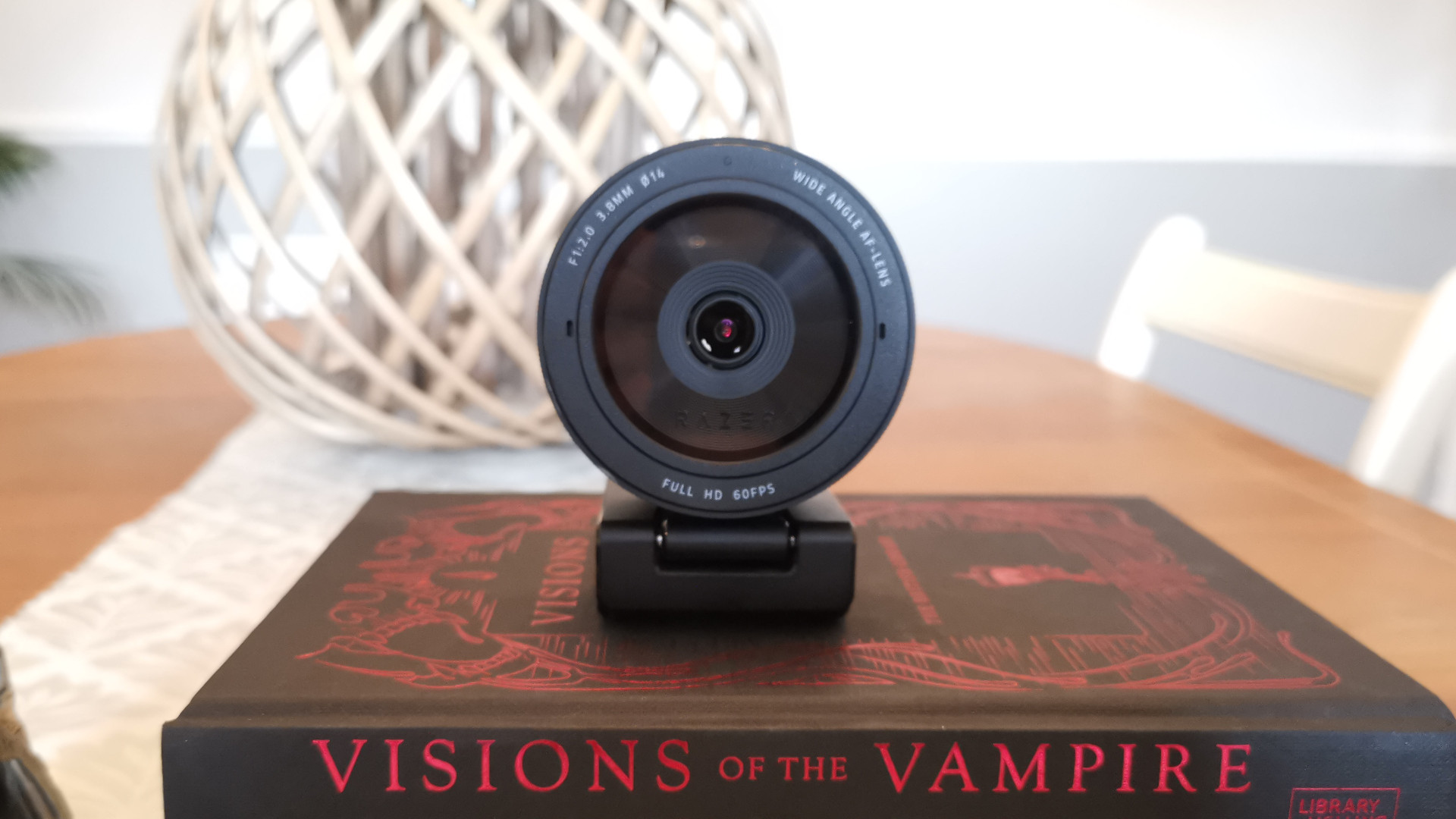
Many of the popular choices for webcams are significantly older than you'd expect – Logitech typically dominates the market, but the fan-favorite C920 was released back in January 2012, with luxury offerings such as the Brio releasing in February 2017 and the StreamCam finally entering the market last year.
The introduction of this newer technology is a welcome breathe of fresh air in what was becoming something of a monopoly for good high-quality webcams, though this shiny new hardware comes at a steep price at $199.99 (£199.99, AU$329.95).
The Kiyo Pro is also being marketing towards professionals who require something powerful for video conferencing, and despite the eye-watering cost, this could be a perfectly valid investment for folk who spend lot of time being broadcast. The wide-angle lens means you can select between three adjustable FOV (fields of view) to include several people during a group call or a single individual.
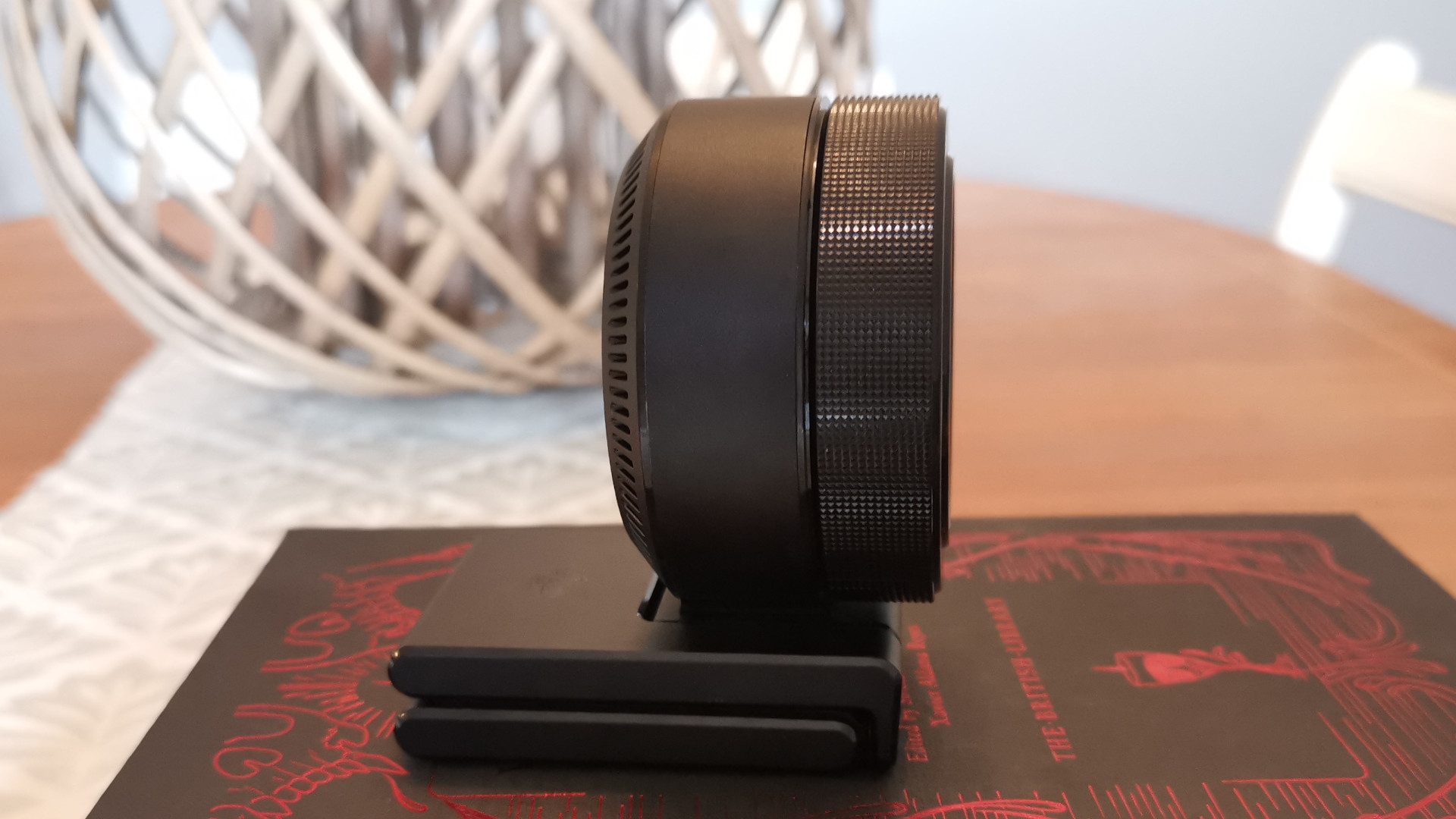
The video quality is excellent without requiring any messing around in the settings for anything that wants a simple plug-and-go experience, and we didn't encounter any issues when using the Kiyo Pro across a variety of programs such as Zoom, OBS or Stream Labs.
Software like Google Meets will restrict the webcam quality down to 720p, but the crisp visuals and vivid true-to-life colors still shine through. A downloadable driver is available via the Razer Synapse software for anyone that likes to play with the video settings and provides some very intuitive adjustments to the quality. Changes can be made to the FOV, saturation and more to better suit your environment.
We can't justify recommending something this expensive to a casual user, but for anyone looking for incredible video quality online that doesn't want to deal with video capture cards, this webcam is an absolute beast. Outside of the Logitech StreamCam it won't have much market competition, but for anyone with deep pockets we're confident you won't be disappointed if you choose to buy the Kiyo Pro.
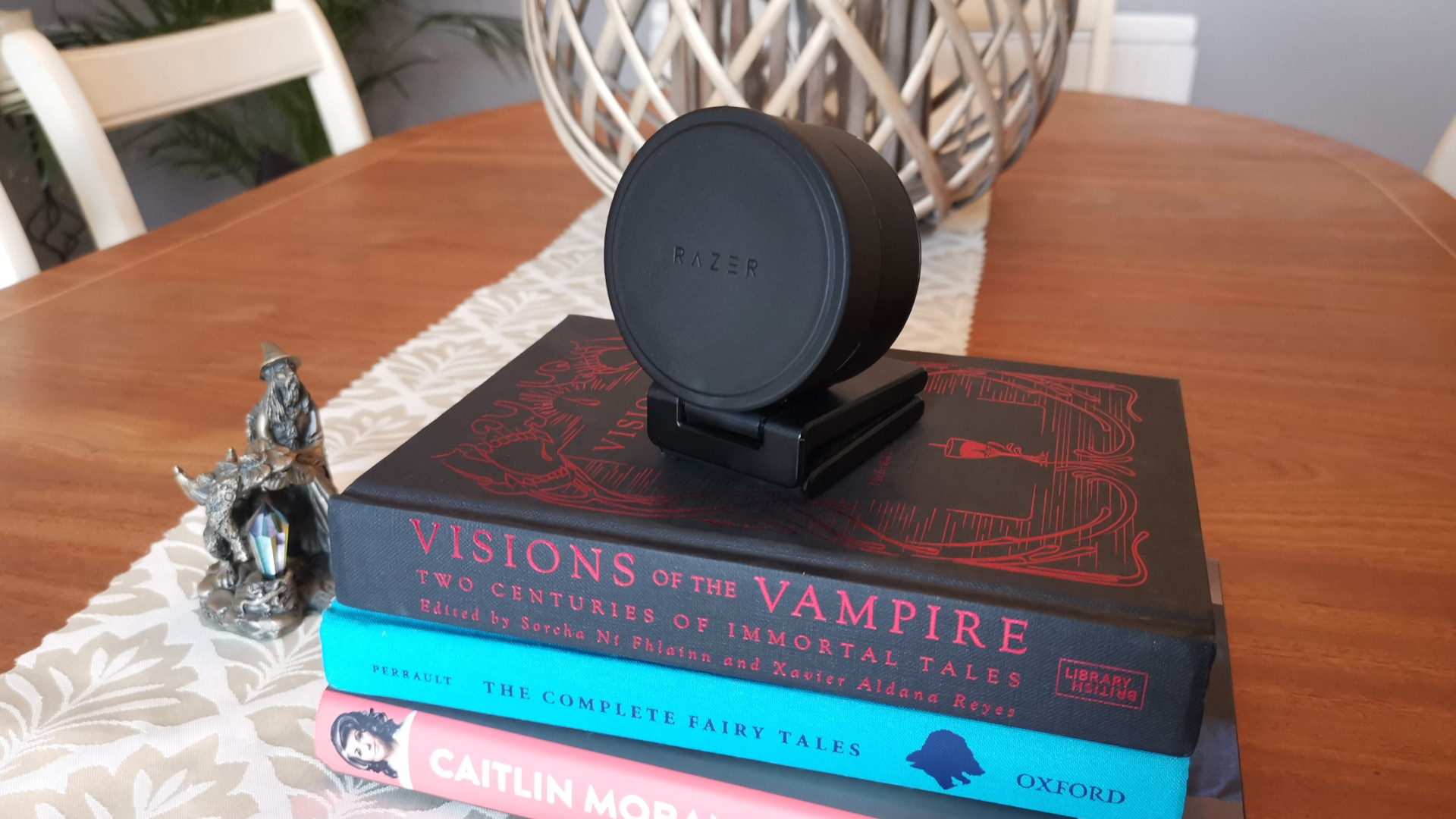
Price and availability
Here are the specifications for the Razer Kiyo Pro :
Connection type: USB-A 3.0
Image resolution: 2.1 Megapixels
Video Resolution: 1080p @ 60/30/24FPS / 720p @ 60FPS / 480p @ 30FPS / 360p @30FPS
Video encoding: H.264 codec
Still Image Resolution: 1920x1080
Image Quality Settings Customization: Yes
Diagonal Field of View (FOV): 103°, 90°, 80°
Focus Type: Auto or manual
Mounting Options: L-shape joint or Tripod
Cable Length: 1.5 meters braided cable
The Razer Kiyo Pro is available from February 23 for $199.99 (£199.99, AU$329.95) on the Razer.com store, with plans to go on sale via authorized retailers later in 2021.
This is a very expensive webcam, certainly more than what most people will be willing to pay for casual web use. If you spend a lot of time live streaming (be that as a content creator, a teacher doing online learning or simply a person who spends a lot of time recording video) then the additional features do make this worth the high price.
The Logitech StreamCam will set you back $170 (£139, AU$279) when you can actually find one, which is a comparable webcam that is marketed towards streamers and content creators. The StreamCam doesn't have as many features as the pricier Kiyo Pro however, so if you're looking for a variable field of view and HDR support then you may find the additional investment cost to be worth it.
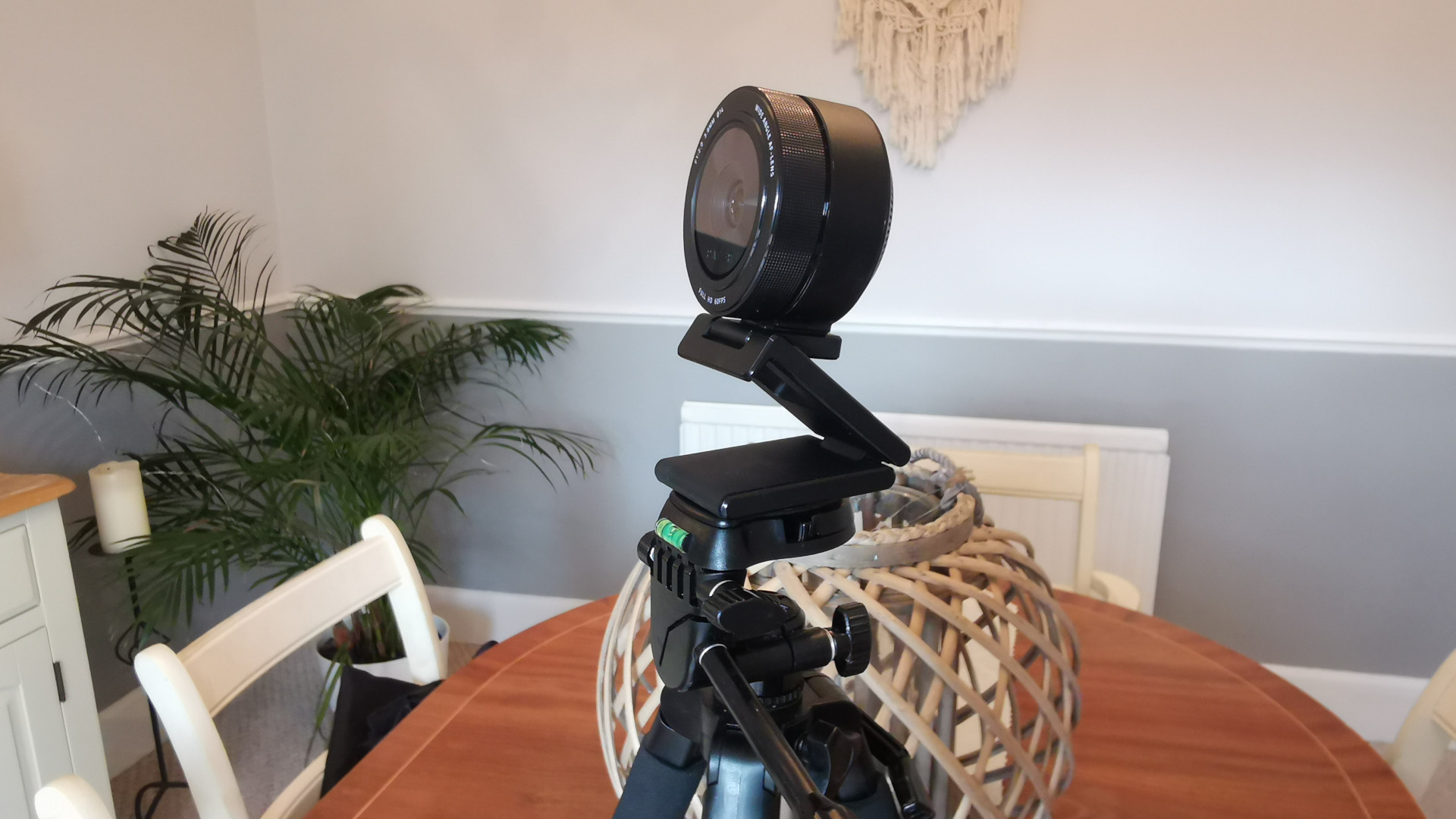
Design
Right off the bat you'll see that the Kiyo Pro is much larger than most camera models, likely to accommodate for the powerful sensors and hardware required to achieve a crisp 60fps recording. We didn't find the size to be an inconvenience, but it may prove distracting if you're planning to use the webcam on a laptop.
The cylindrical design looks similar to a DSLR camera lens, even down to a textured surface surrounding the front section of the webcam that imitates a zoom ring. This is decorative only as the Kiyo Pro has no manual controls on the hardware, but it does create a pleasing aesthetic from all angles. A lens cap is also provided to provide privacy that matches the DLSR inspired design.
The camera comes with a braided USB-C cable and an adjustable mount that allows verticle adjustments, though the hinge style means that you cannot rotate or twist the direction of the Kiyo Pro. The base model Kiyo webcam features an integrated ring light, something that is noticeably absent from the Razer Pro.
The mount is multifunctional and can be used as a traditional grip to hook over the top of a monitor, a flat-based tabletop, or screwed into a tripod. The mount attached to the camera itself can be removed, which allows you to mount onto a tripod either with or without the additional movement that the mount stand provides.
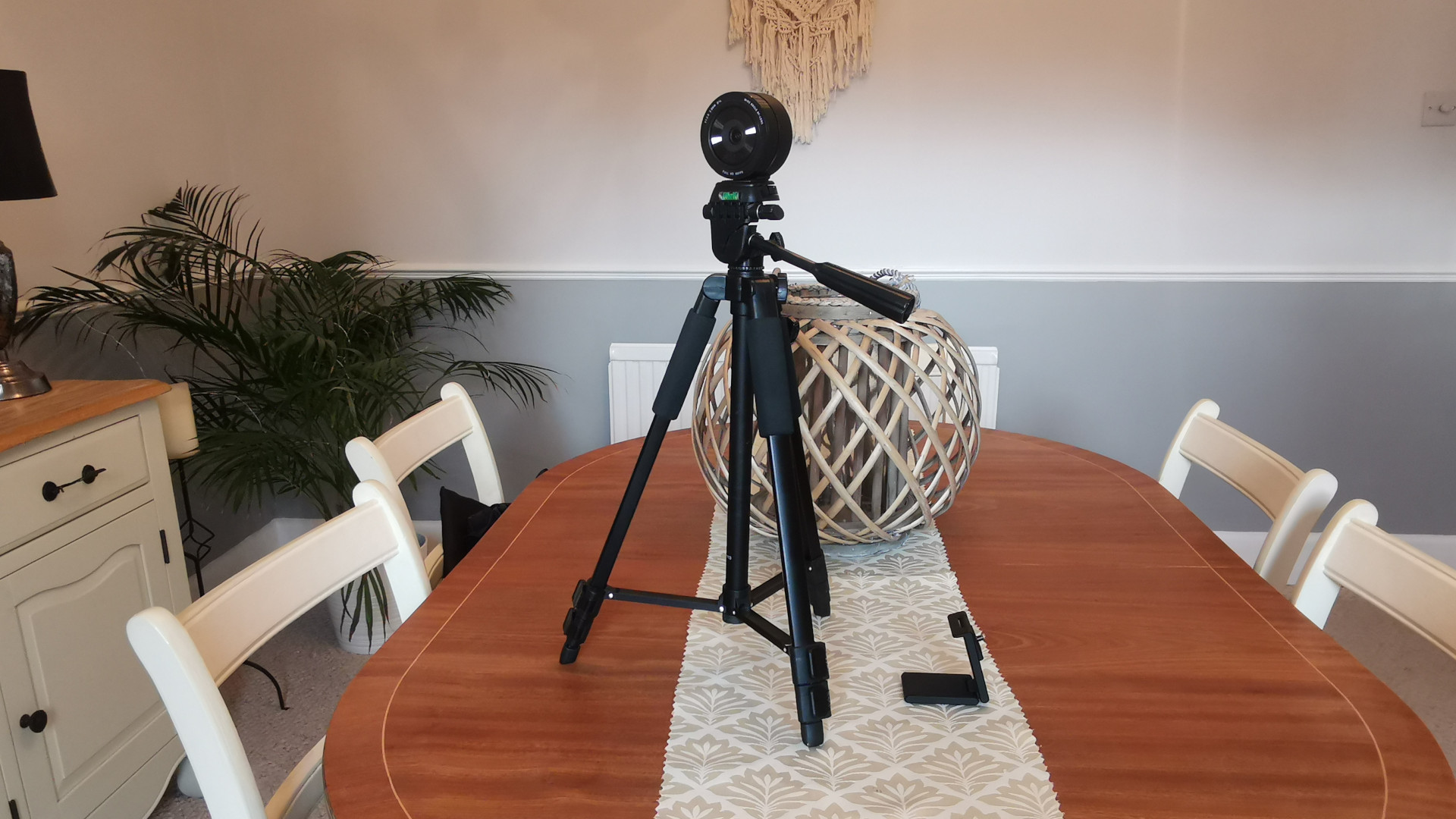
Performance
The Kiyo Pro is usable right out of the box, and we didn't run into any issues where software refused to recognize the camera. This webcam does require a USB 3.0 connection though, so bear that in mind if you're using an older laptop or PC.
The quality is incredibly high for a webcam. We compared the Kiyo Pro to the popular Logitech C920, as well as the streamer-focused Avermedia 513 and 313. No adjustments were made to any of the webcams for a fair assessment, and all images were taken in the same environment and at the same time.
The light detection for the Kiyo Pro is especially good, with other webcams overexposing the model and environment. This can be adjusted in various programs, but for anyone requiring a low-effort setup, it's clear that Razer's offering is going to give you much better out-of-the-box quality.
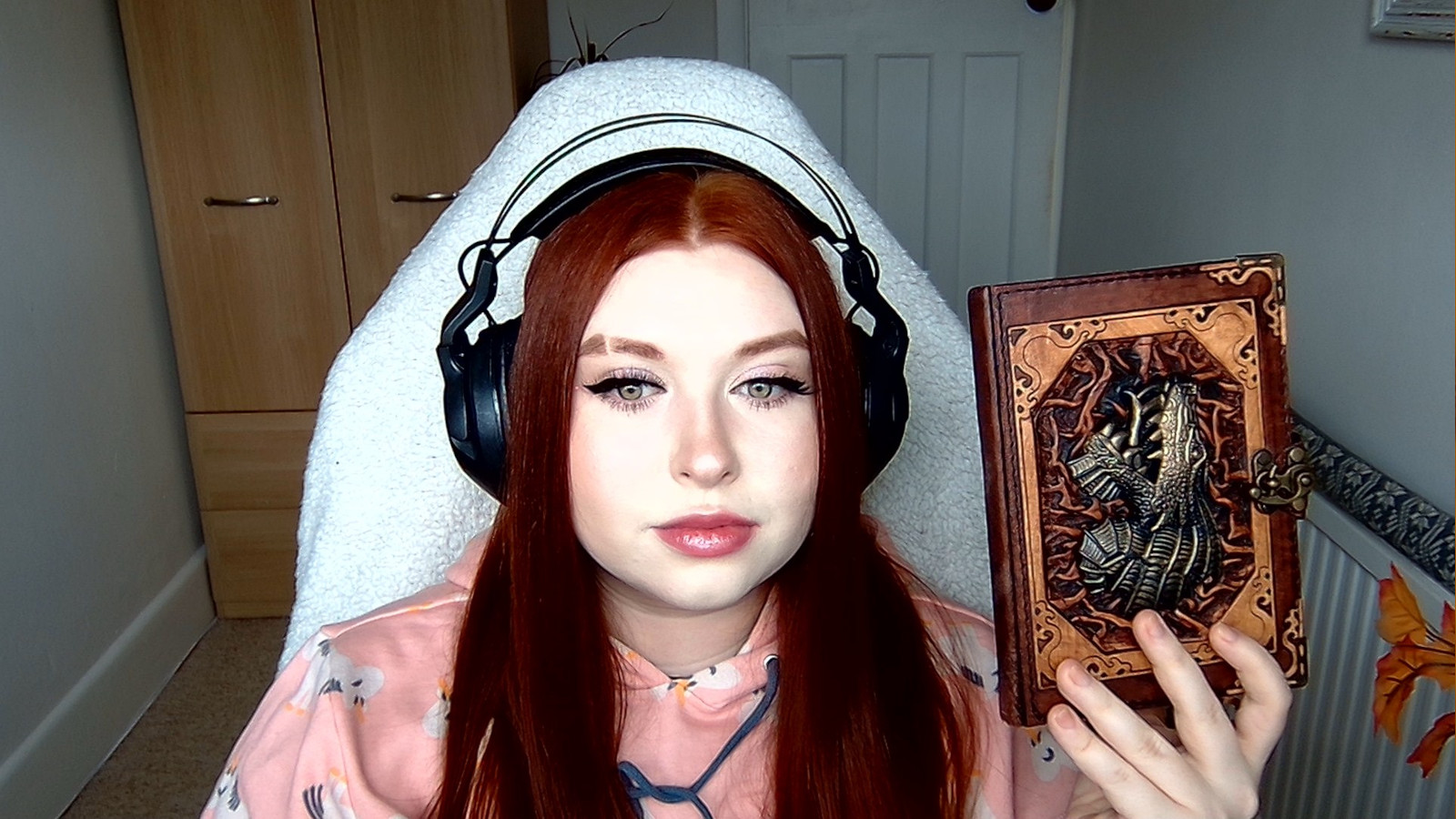
Image taken on the Razer Kiyo pro
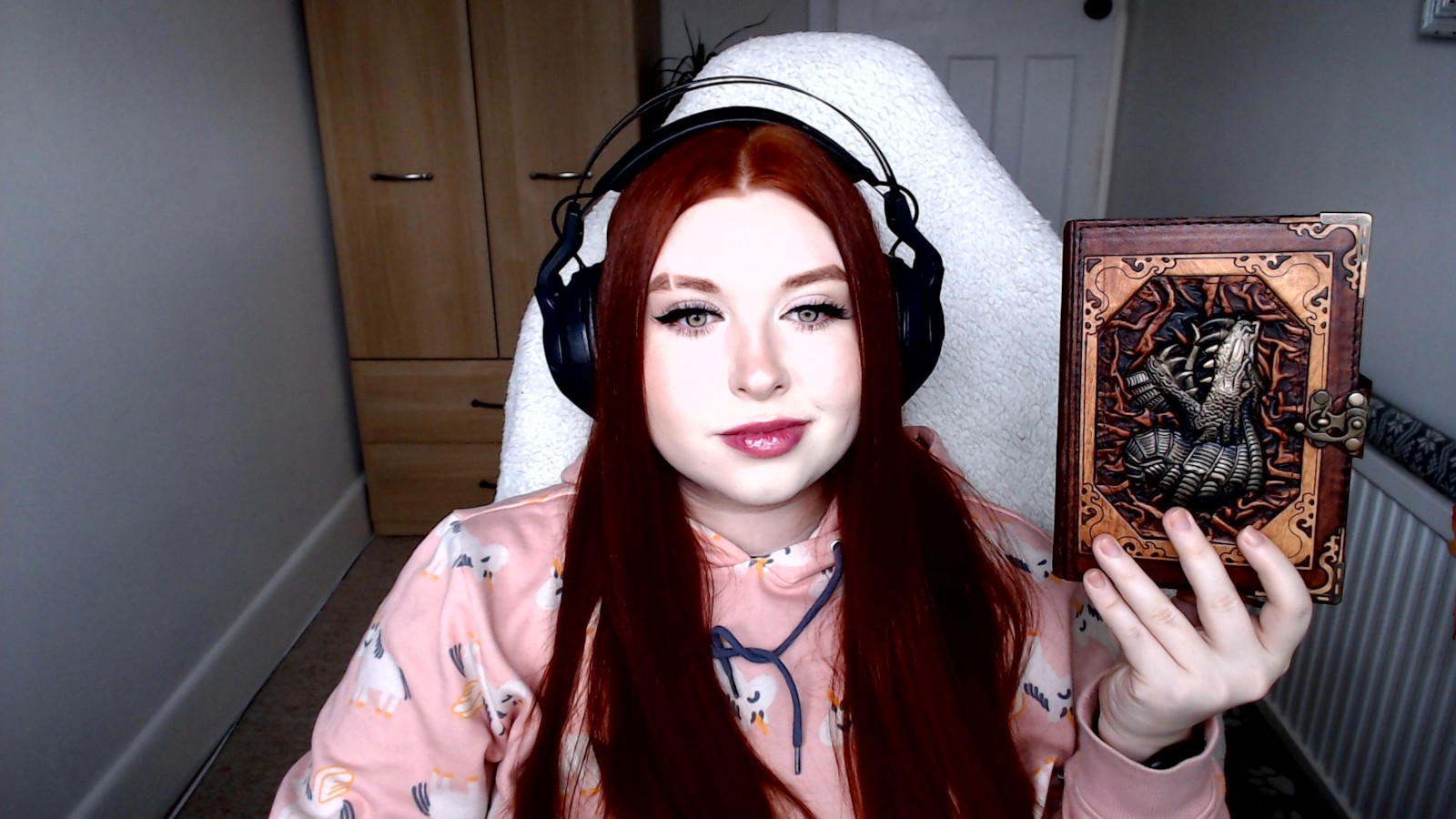
Image taken on the Logitech C920

Image taken on the AverMedia Streamer Cam 313
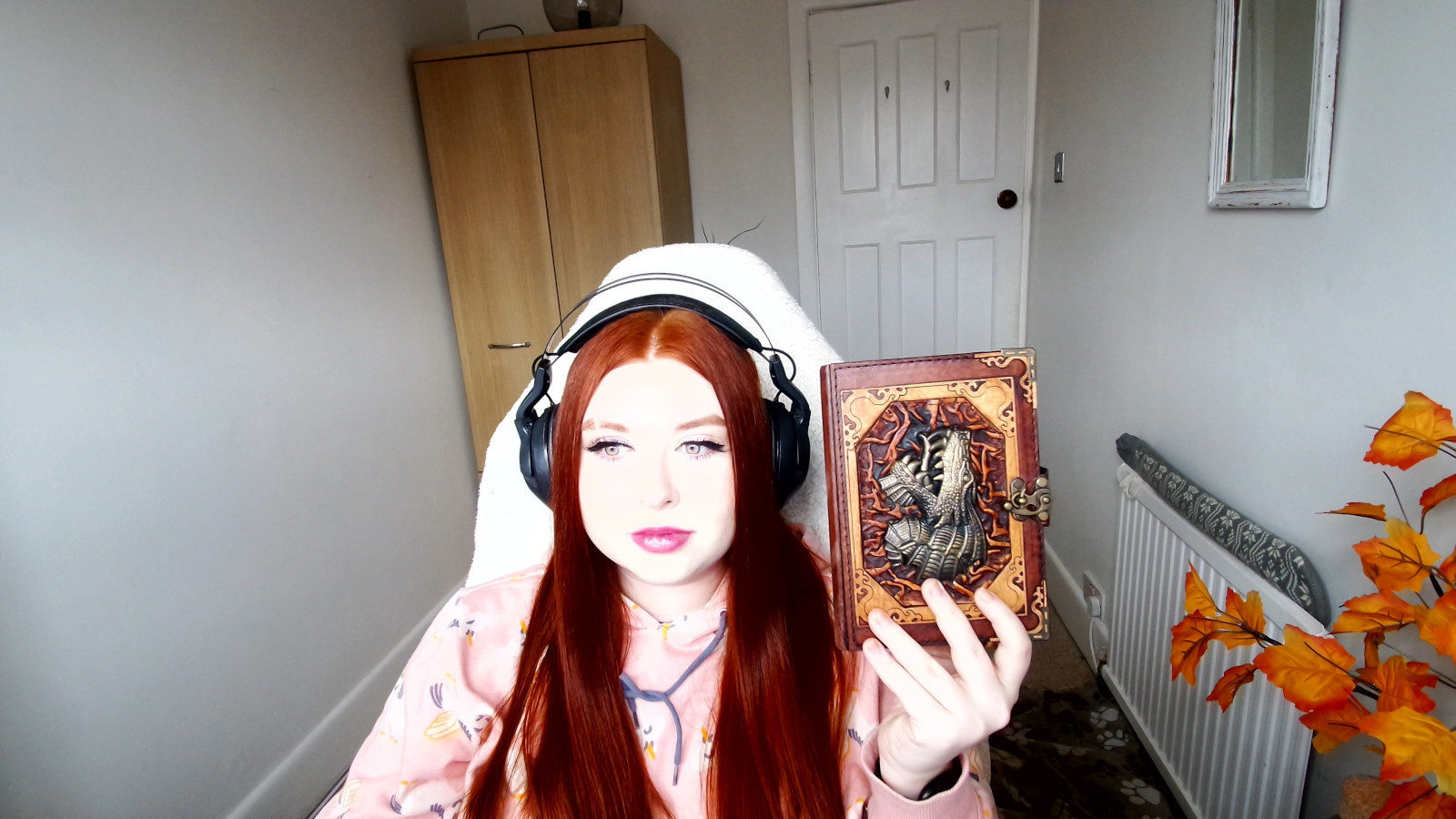
Image taken on the AverMedia Streamer Cam 513
The Kiyo Pro also goes a step further by offering HDR (High-definition recording) at the expense of reducing the frame rate from 60fps to 30fps. This is a forgivable sacrifice for anyone who wants enhanced highlights and shadows.
We noticed that illuminated areas of the environment and model became less flat and provided a much clearer image quality. The standard definition recording is still very crisp however, so for streamers or content creators who value frame rate over overall quality, you can still get incredible quality with buttery smooth video.
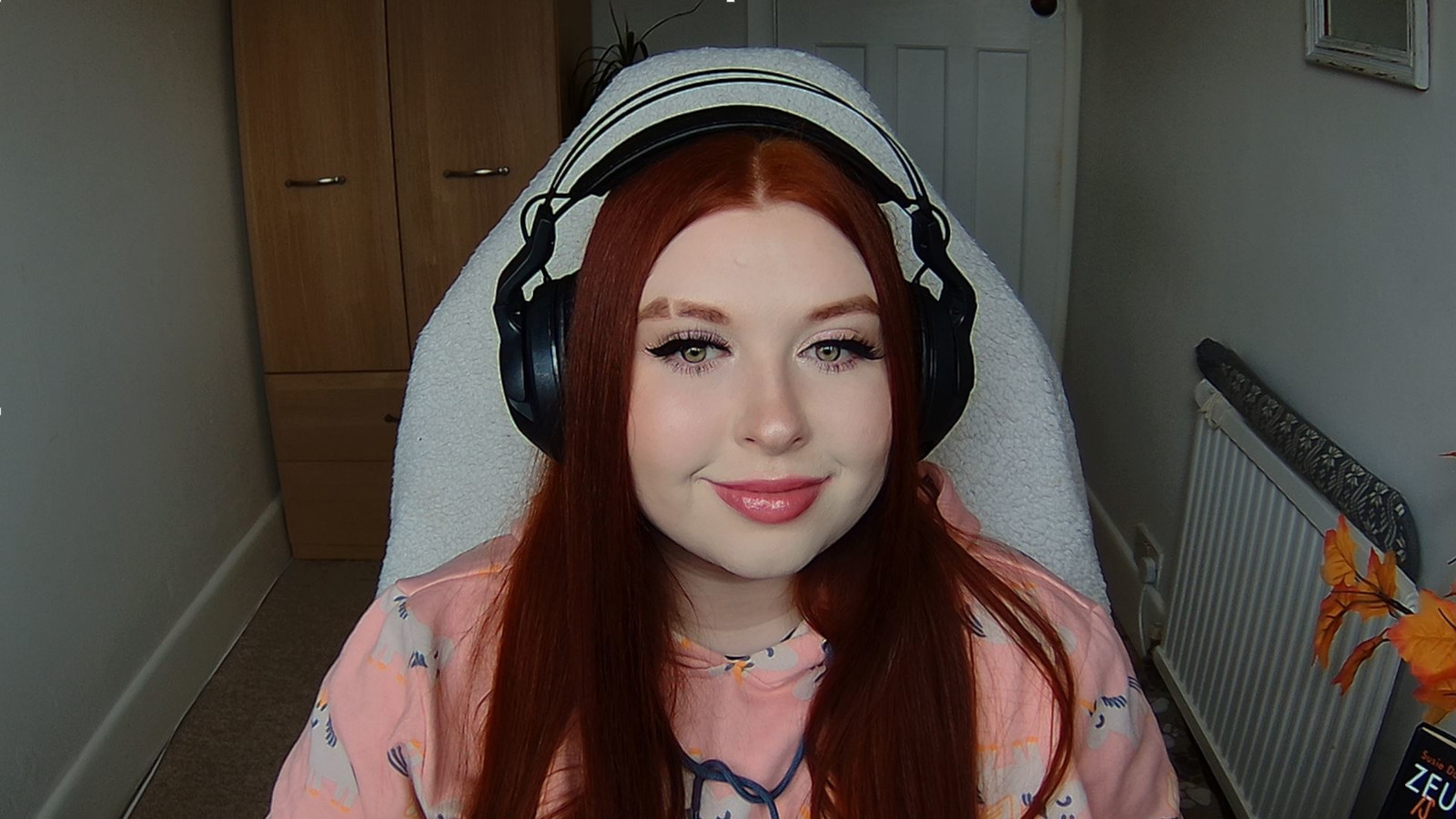
Image taken in standard definition mode (SDR)
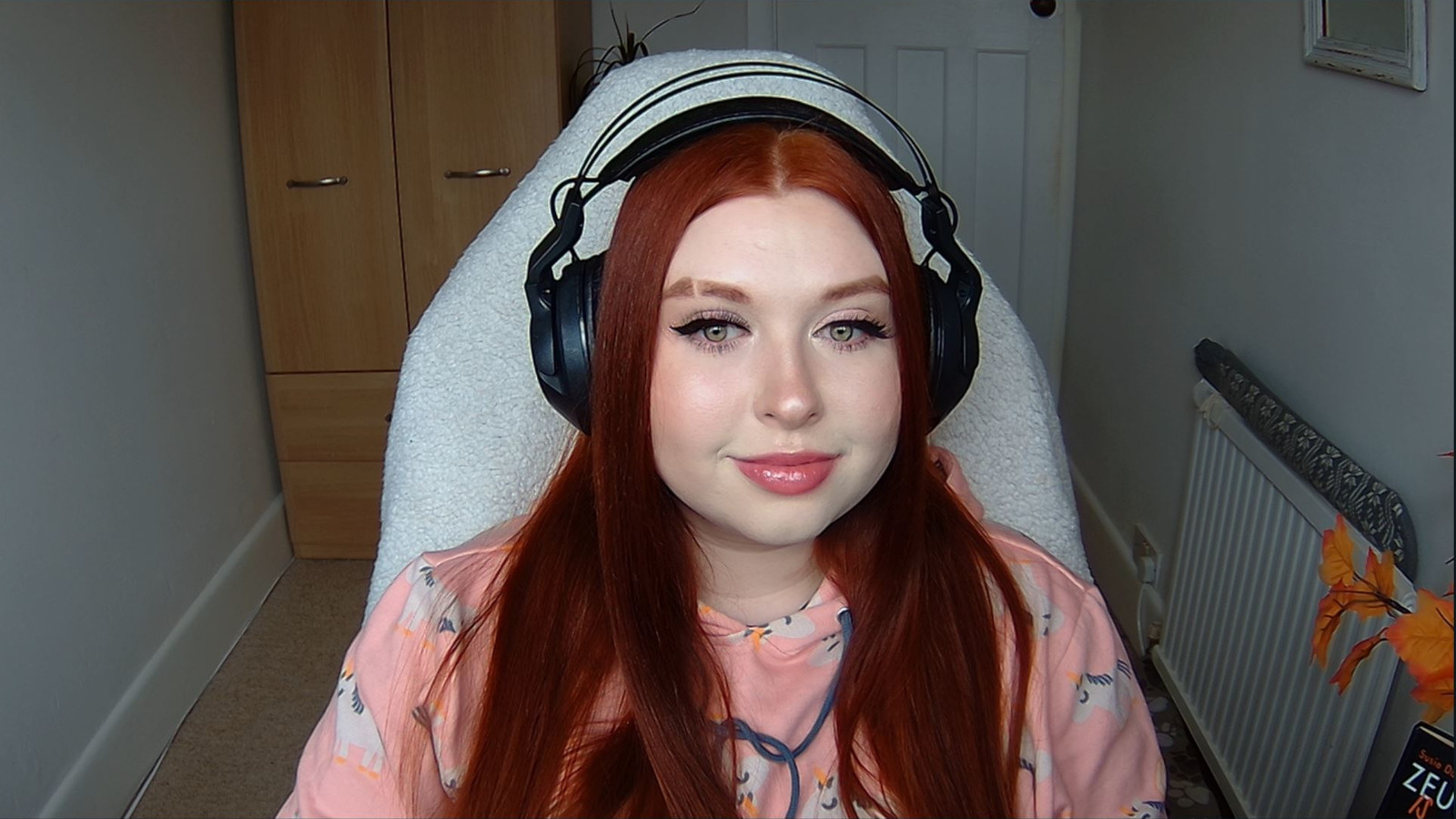
Image taken with HDR-mode enabled
We did experience some issues when launching the Kiyo Pro in certain environmental lighting, as can be seen below. This image was taken with soft cool-toned front lighting in a dark environment that caused the webcam color correction to freak out and gave the video a stark yellow hue. This was easily corrected by shining a light onto the webcam sensor or turning room lights on (and off again), but we couldn't correct the issue via the Razer Synapse software.
This issue was an unfortunate blemish on what was an otherwise flawless user experience. We also couldn't replicate the issue when filming with the webcam in other rooms or environments, so it isn't clear how affected consumers might be by the sensor going rogue with color correction.

Buy if...
You want smooth 60fps
Recording at 60 frames per second really does improve the appearance of video, more so than a jump to 4K at 30fps.
You're a streamer or broadcaster
This is one of the best webcams on the market, so if you're looking for uncompromised quality then look no further.
You like to customize video quality
Razer Synapse is known to be problematic, but we didn't encounter any issues when changing our video settings. The alterations are very intuitive and translate over to other software well.
Don't buy if...
You need a cheap webcam
As mentioned, this is an extremely expensive webcam and there are certainly cheaper products on the market for anyone who can't stretch their budget.
You don't have an available USB-A 3.0 port
You need a fast connection for the Razer Kiyo Pro to work. If you're running older hardware or can't spare the port then look for other options.
You only require occasional conferencing
This is overkill for anyone who makes a few calls a month at work. If you really want the quality then its a great purchase, but the investment may not be worth it.
- Here's how to get the best streaming setup
Jess is a former TechRadar Computing writer, where she covered all aspects of Mac and PC hardware, including PC gaming and peripherals. She has been interviewed as an industry expert for the BBC, and while her educational background was in prosthetics and model-making, her true love is in tech and she has built numerous desktop computers over the last 10 years for gaming and content creation. Jess is now a journalist at The Verge.
